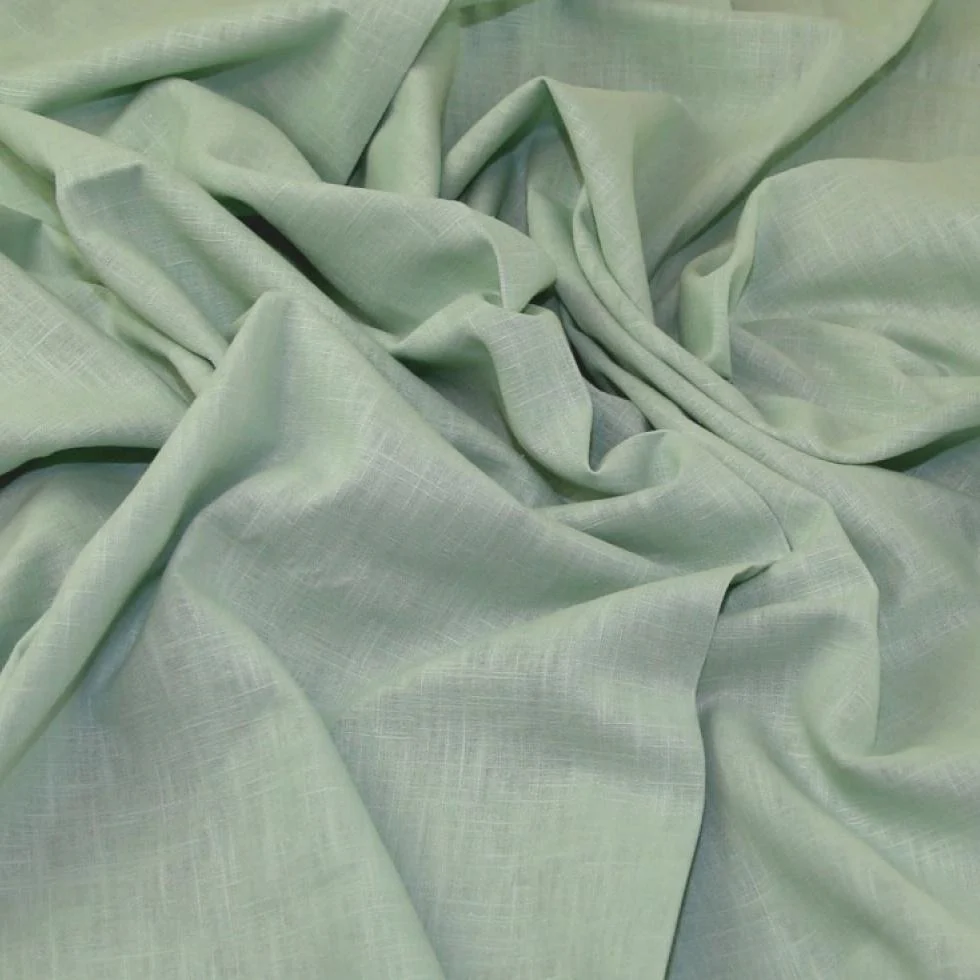The easiest and most common method to know it’s linen is to take a close look at the fabric, check for natural colors, strong fibers, wrinkles, obvious slubs, or moisture-wicking properties.
This is how you can tell that the fabric is real linen when tags, labels, copyright, brand name, care instructions, and certifications are missing.
The second-hand market is growing rapidly. A lot of people are buying old and vintage items from sales or boutiques made of linen. Especially in the fashion world, linen fabric is gaining popularity.
Garments made of linen have the notoriety to be particularly cool in hot weather and very luxurious. It’s the most expensive sustainable clothing fabric in the world.
Made from a renewable plant-based resource, the flax plants, linen fabric is woven and sold at a high price compared to other materials because of its relatively low availability and costly manufacturing process. Conscious consumers choose linen because of its high quality, eco-friendliness, natural look, and feel. But it remains a rare product, representing less than 1% of all textile fibers consumed worldwide.

The origin of linen
More than 85% of all linen fibers are originated from Europe globally. The European linen industry involves about 10 000 businesses in 14 countries.
Linen has been used for a very long time, over 6,000 years, originally for wrapping mummies in ancient Egypt to help with preservation. It’s a very ancient type of fabric. The largest producer of flax fiber and tow worldwide is France with about 660,000 tons produced in 2018, followed by Belgium, Belarus, and Russia.
China is the biggest producer of linen. India, the United States, Italy, Ireland, France, and Belgium also produce linen, but in much lower quantities.
The natural fibers are removed from the flax plant, spun into yarn sent to textile manufacturers, then woven into linen fabric.
Linen cloth represents luxury, preciousness, and extravagance since history. It used to symbolize wealth, power, and authority.


Lorem ipsum dolor sit amet, consectetur adipiscing elit, sed do eiusmod tempor incididunt ut labore et dolore magna aliqua. Dignissim diam quis enim lobortis scelerisque fermentum. Urna neque viverra justo nec ultrices dui sapien eget.